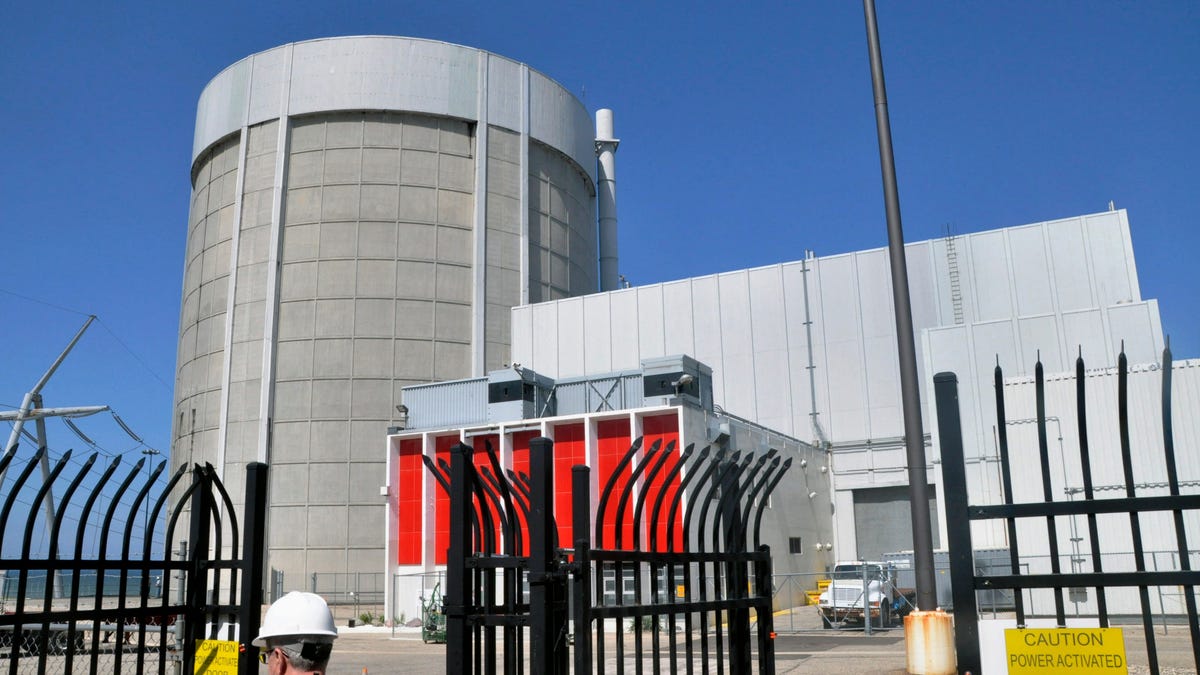- Arvind's Newsletter
- Posts
- Arvind's Newsletter
Arvind's Newsletter
Issue No. #1096
1.India’s Manufacturing PMI Eases To Lowest Since January 2024 In September
The seasonally adjusted HSBC India Manufacturing Purchasing Managers’ Index fell from 57.5 in August to 56.5 in September, highlighting a robust improvement in the health of the sector that was still the weakest since January. With manufacturing growth softening throughout the second quarter, the average PMI reading slipped to its lowest since the three months to December 2023.
Positive demand trends, successful advertising and favourable client interest featured as the main determinants of sales growth among the qualitative part of the survey. The upturn, which was substantial but the slowest in 2024 so far, was reportedly curbed by fierce competition. Another factor that constrained total sales growth was a softer increase in new export orders. The rate of expansion was moderate and least pronounced in a year and half.
2.India's semiconductor push: Putting all the chips on the table; Moneycontrol
Highlights:
India has approved $15 billion investment in semiconductors
Various states have come up with semiconductor policies
Gujarat is emerging as a preferred place for semiconductor investment
Govt targeting you $500 billion from electronics sector by 2030
India is rapidly emerging as a global hub for semiconductor manufacturing, driven by significant government initiatives and growing international collaborations. The country is seeking foreign investments for its indigenous semiconductor industry to develop and design fabrication (fab) facility and for Assembly, Testing, Marking, and Packaging (ATMP), among others.
The India Semiconductor Mission (ISM) was launched in 2021-22 with a $10 billion outlay to develop semiconductors, display manufacturing, and design manufacturing ecosystems in India. In addition to the central government support, various Indian states have introduced their own incentives. States such as Gujarat, Karnataka, Tamil Nadu, Odisha, and Assam have come up with their semiconductor policies to attract investments in the industry. Read on
3.The key to India’s economy? Making women safer; John Reed and Jyotsna Singh in Financial Times
Some excerpts from article:
Speaking in August shortly after the murder, Gita Gopinath, deputy managing director of the IMF — one of India’s most globally prominent professional women — described women’s safety as “non-negotiable and crucial in getting more women employed”, adding: “That cannot happen if women do not feel safe at work.”
Many economists have argued that encouraging more women to enter the paid workforce is one of the most important steps that India could undertake to turbocharge growth.
The World Bank has estimated that if women’s participation in the workforce were to reach 50 per cent, India could boost its annual growth rate by 1.5 percentage points. Christine Lagarde, then IMF managing director, stated in 2015 that India’s GDP would be nearly 30 per cent larger if the participation of women were to match that of men, describing this as an “economic no-brainer”.
Many of Asia’s successful manufacturing economies have benefited from creating safe, welcoming workplaces for women. Female workers notably played a key role in building the economy of China, India’s biggest neighbour and rival. In Vietnam, nearly 70 per cent of women are in paid work, far above the global average.
Adding to the pressure for change is India’s aspiration to draw in foreign direct investment from companies exiting China. Multibillion-dollar government subsidies for export industries, part of the country’s bid to become a “China plus-one” manufacturing power, have targeted electronics — a sector where producers like Samsung and Apple tend to prize female workers’ focus and dexterity over men’s.
“Gender is now macro-critical in India,” says Radhicka Kapoor, a senior specialist on employment with the International Labour Organization in New Delhi. “When you have all these targets of becoming a developed economy by 2047, you need additional drivers of growth — and addressing the gender gap is an important part of that.”
4.The coolest thing about smart glasses is not the AR. It’s the AI.
In case you missed the memo, we are barreling toward the next big consumer device category: smart glasses. At its developer conference last week, Meta introduced a positively mind-blowing new set of augmented reality (AR) glasses dubbed Orion. Snap also unveiled its new Snap Spectacles last week. Back in June at Google IO, that company teased a pair, and Apple is rumored to be working on its own model as well.
After years of promise, AR specs are at last A Thing. But what’s really interesting about all this isn’t AR at all. It’s AI. Smart glasses enable you to seamlessly interact with AI as you go about your day. I think that’s going to be a lot more useful than viewing digital objects in physical spaces. Put more simply: it’s not about the visual effects, it’s about the brains. Read the full story.
Meta’s AI-powered Ray-Bans have a discreet camera on the front, for taking photos not just when you ask them to, but also when their AI features trigger it with certain keywords such as “look.” That means the smart glasses collect a ton of photos, both deliberately taken and otherwise. But the company won’t commit to keeping these images private.
We asked Meta if it plans to train AI models on the images from Ray-Ban Meta’s users, as it does on images from public social media accounts. The company wouldn’t say.
5.SoftBank to invest $500mn in OpenAI
Masayoshi Son’s SoftBank will invest $500mn into OpenAI as part of a fundraising round that is expected to close this week and value the artificial intelligence start-up at $150bn.
SoftBank will invest via its second Vision Fund, a large vehicle for backing start-ups, which is now mainly made up of Son’s personal wealth, according to two people with knowledge of the deal. SoftBank will join existing investors, including venture fund Thrive Capital and Microsoft in a $6.5bn funding round, which is expected to close in the coming days, according to people familiar with the discussions.
6.AI's thirst for energy has another nuclear plant (mothballed earlier) coming online in USA
Washington will loan $1.5 billion to help get the plant online by end of 2025. Demand for nuclear power is growing as the US looks to boost zero-carbon energy, particularly as artificial intelligence and data centres drive electricity demand.
It will likely not be the last recommissioned nuclear plant: Microsoft announced last month that it had struck a deal to reopen Three Mile Island, the site of US’s worst nuclear disaster. There aren’t many other plants that can be reopened, Nature reported, but new reactors may be built on the site of old ones.
7.Claudia Sheinbaum succeeds Andrés Manuel López Obrador as Mexico’s president.
The former mayor of Mexico City faces a full in-tray: Under AMLO, the country’s deficit tripled to almost 6%, while the number of people without health coverage more than doubled to over 50 million.
Economic growth slowed to an average of just 1% during his term, significantly below its Latin American peers, while drug gangs expanded to control as much as a third of Mexico territory.
Experts question whether Sheinbaum will have the independence required to stray from AMLO’s agenda in order to address the country’s shortcomings. As president, she will have to navigate these obstacles “under the shadow of her political mentor” the Financial Times reported.
8.100 Years of Surrealism
This marks 100 years of surrealism—the art and literary movement behind Salvador Dalí's iconic melting clocks and Frida Kahlo's self-portrait as a wounded deer (though Kahlo rejected the surrealist label for her art). First emerging in the late 1910s and early 1920s, surrealism revolutionised the art world by exploring the deeper layers of reality and imagination.
Surrealism formally began after French writer and poet André Breton published the "Surrealist Manifesto" in October 1924. It was inspired by Italian artist Giorgio de Chirico, who founded the style of metaphysical painting. Since then, surrealist artists like Dalí, René Magritte, and Max Ernst have created art featuring striking visual contradictions, blending the familiar with the bizarre. Their artwork often included warped figures, unexpected objects in unusual settings, and dreamlike scenes that challenged conventional logic and reason.








